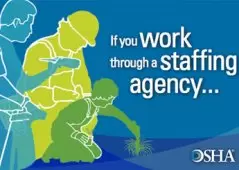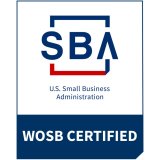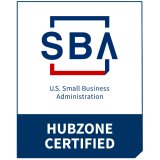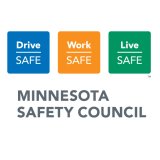OSHA Guidance for Temporary/Contract Worker - Noise & Respiratory Protection
 In 2013, OSHA launched the Temporary Worker Initiative (TWI), a project to help prevent work-related injuries and illnesses among temporary workers. The TWI's most recent safety bulletins focus on Respiratory Protection and Noise Exposure.
In 2013, OSHA launched the Temporary Worker Initiative (TWI), a project to help prevent work-related injuries and illnesses among temporary workers. The TWI's most recent safety bulletins focus on Respiratory Protection and Noise Exposure.
Temporary and contract workers are believed to have increased risk of work-related injury and illness. OSHA created the Temporary Worker Initiative (TWI) due to multiple reports of temporary workers suffering serious or fatal injuries, some in their first days on the job. For the purposes of TWI's recommended practices, "temporary workers" includes those supplied to a host employer and paid by a staffing agency, whether or not the job is actually temporary. It is OSHA's position that the staffing agency and its customer (host employer) are joint employers of temporary workers and, therefore, both are responsible for providing and maintaining a safe and healthy work environment.
In 2018, OSHA published two new TWI bulletins addressing temporary worker health and safety:
- Bulletin 8. Respiratory Protection: provides guidance for the protection of temporary workers exposed to airborne contaminants under OSHA's general industry and maritime standards. Both staffing agency and host are jointly responsible that workers wear respirators, but the two entities may agree in advance to a division of responsibilities. The host employer will usually have the primary responsibility for evaluating exposure levels, implementing and maintaining engineering, administrative, and work practice controls, providing an appropriate respirator, and maintaining a respiratory protection program in accordance with OSHA requirements. The staffing agency should also ensure its employees are protected, including being aware of respiratory hazards to which employees may be exposed and the customer's protective measures including any requirements for respiratory protection at the host employer's worksite.
- Bulletin 9. Noise Exposure and Hearing Conservation: this bulletin provides guidance for protecting temporary workers exposed to hazardous noise levels. Again, both staffing agency and host are jointly responsible for protecting workers against noise but may agree in advance to a division of responsibilities. The host employer will typically have primary responsibility for determining noise exposure levels, implementing and maintaining engineering/administrative controls, providing appropriate hearing protection, and maintaining a hearing conservation program. The staffing agency should also make sure individuals are protected by informing temporary employees of the noise hazards they may encounter, and ensuring as far as possible, that workers are adequately protected, including wearing hearing protection.
For more information:
- OSHA Temporary Worker Initiative main page
- OSHA TWI Bulletin No. 8: Respiratory Protection, OSHA 3952-06, 2018
- OSHA TWI Bulletin No. 9: Noise Exposure and Hearing Conservation, OSHA 3953-06, 2018
- NIOSH/OSHA Joint Statement on Recommended Practices – Protecting Temporary Workers, HHS (NIOSH) Publication Number 2014-139; OSHA – 3735, 2014
- OSHA Interpretation Letter – Minimum exposure for inclusion in the hearing conservation program (HCP); removal criteria, Richard Fairfax, Directorate of Enforcement Programs, February 13, 2004.






